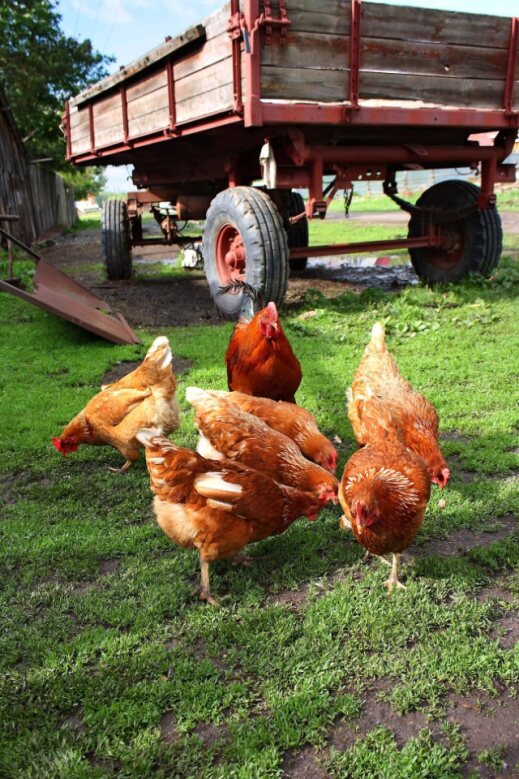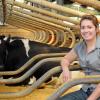Legislation (DEFRA)
You must comply with the relevant legislation.
The Animal Welfare Act 2006 is the principal law relating to animal welfare, protecting all vertebrate animals.
Under the Act, owners and keepers have a duty of care to their animals and must make sure they meet their needs:
- for a suitable environment and place to live
- for a suitable diet
- to exhibit normal behaviour patterns
- to be housed with, or apart from, other animals (if applicable)
- to be protected from pain, injury, suffering and disease
The Act prohibits animal cruelty which includes:
- causing unnecessary suffering to an animal
- mutilation
- poisoning an animal
Anyone who does not comply with the Act may:
- be banned from owning animals
- face an unlimited fine
- be sent to prison for up to 5 years
The Welfare of Farmed Animals (England) Regulations 2007 are made under the Animal Welfare Act 2006 and set the minimum welfare standards for all farm animals. Schedule 1 sets out conditions under which all farm animals must be kept, with Schedules 2 to 9 providing additional species specific conditions.
The Mutilations (Permitted Procedures) (England) Regulations 2007 are made under the Animal Welfare Act 2006 and make it an offence to carry out a prohibited procedure on a protected animal. For example, one which involves interference with the sensitive tissues or bone structure of an animal.
The Mutilations Regulations 2007 lists those exemptions to which the prohibitions do not apply if certain conditions are met, such as ear tagging for the purposes of identification or castration for the control of reproduction.
In addition to the above legislation, you must be familiar with, and have access to, the species specific codes of practice (see here).
Please share any information, tools and resources relevant to animal welfare.


